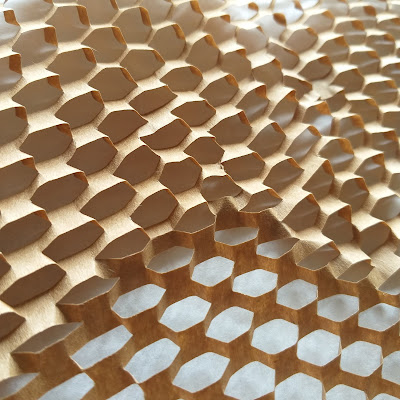WAITING for the veterinarian to arrive for Saturday appointments reminds the husband and I of the times we waited with other parents for our sons to be dismissed from pre-school.
To be first in the queue, we are early birds and end up chatting with other early birds. Just as I once learned tips from using bright hues for body stamps (blue is cool; yellow is sissy) to holding 10-minute sanity breaks for student and parent to survive supervised homework, I rediscover the Filipino as Fur Parent during the intervals preceding vaccination, spaying/neutering, check-ups, and other interactions with the vet.
From these myriad waiting lessons is a standout: people’s usual reaction to the “asong Pinoy” (or “aspin,” meaning “mongrel”) we have brought to the vet’s clinic. “Hindi ‘yan aspin; may lahi ‘yan.”
The intent of the speaker seems to be to compliment our dog or cat (“pusang Pinoy” or “puspin”) by observing that it looks far from being a “pure native” and shows traces of a foreign breed, implying a better bloodline.
“Lahi” in Filipino refers to race. We take the compliment as a backhanded one, a distressing expression of the deeply ingrained bias disparaging local dogs as “askal (“asong kalye (street dog)” or “asong gala (strays)”.
Too often, “stray” dogs and cats are blameless victims of families that move away and leave behind their pets, without a thought for the animals’ sustenance and anxiety from abandonment or dislocation.
These “strays” are not only rendered homeless; their offspring are also doomed by human cruelty. Unspayed females mate with uncastrated males and result in unwanted litters.
The overriding motivation behind our, so far, five cat spayings and neutering of a sire or a male aspin is a commitment to end this vicious cycle of irresponsibly allowing dogs and cats to uncontrollably breed and then blaming the animals for threatening public safety and health.
Breaking this cycle means not just planning and budgeting for expenses in engaging a private veterinarian but also involvement in ensuring the animal safely fasts for at least eight hours before surgery and administering medicine for 7-10 days to hasten the healing.
The crux of the matter in responsible pet ownership is reversing the racist mentality that only the more expensive imported breeds of dogs and cats deserve veterinarian care.
After a fellow fur parent pleasantly asked me if we had intentionally cut off the tail of our puppies (born stumpless like their aspin sire and dam), the husband and I reinforce our belief that, whether puspin or aspin, the Pinoy deserves our best, not the scraping of the dregs of humanity.
(mayette.tabada@gmail.com/ 09173226131)
* First published in SunStar Cebu’s November 21, 2021 issue of the Sunday editorial-page column, “Matamata”

























